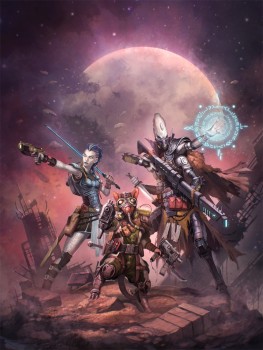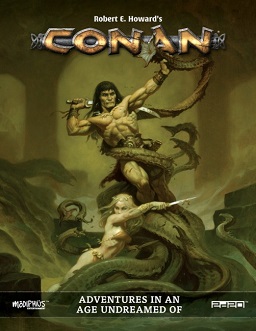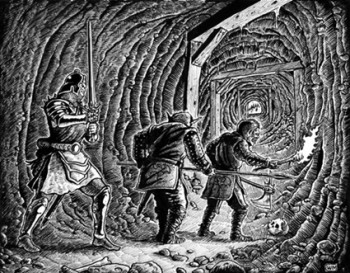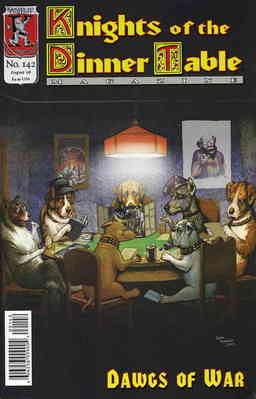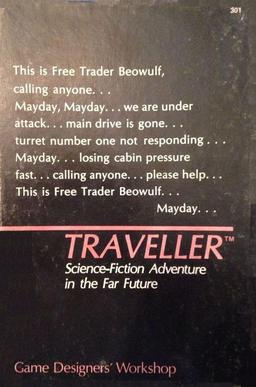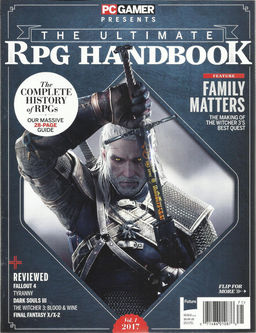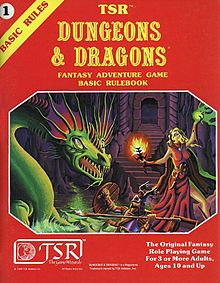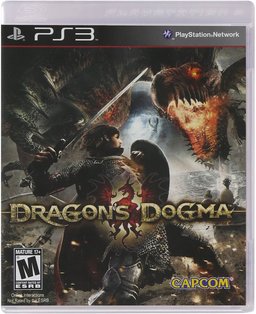Modular: Dungeons That Fight Back: 13th Age: Bestiary and Eyes of the Stone Thief from Pelgrane Press
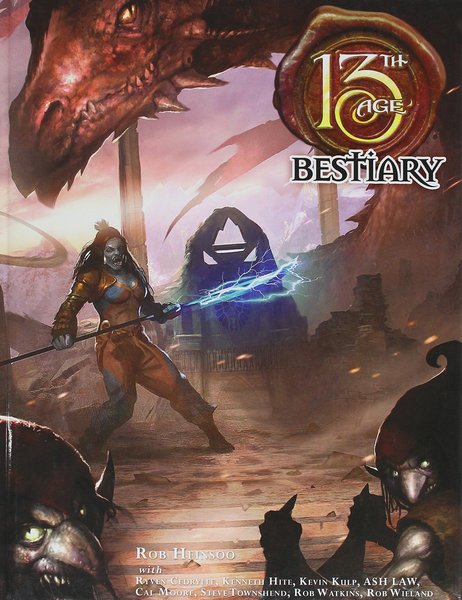 |
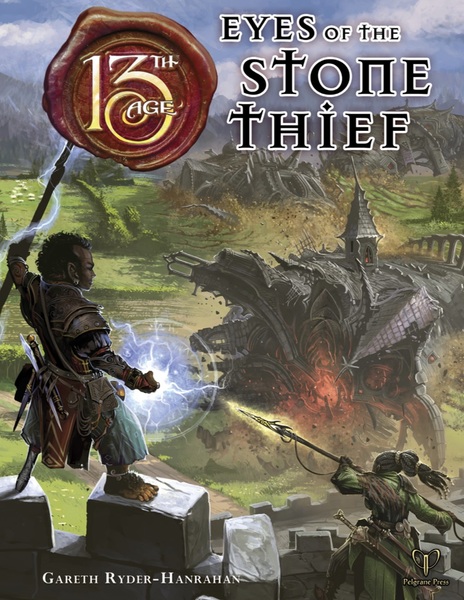 |
This past Saturday was the bi-annual Games Plus auction in Mount Prospect, Illinois, an event I celebrate every year (usually by massively blowing my budget in a prolonged bout of auction fever). A lot of folks attend looking for collectible vintage SF & fantasy games, and there’s certainly plenty of those to be had. But the chief reason I go is to find bargains, and especially bargains on new games. Heck, the big reason I sit in an uncomfortable metal chair for seven hours is just to see all the new games that flash by (and to see which ones the crowd goes nuts for). It’s sort of like attending a Paris fashion show for games, a comparison I’ve made previously.
When you’re sitting in the front row and the auctioneer starts fast-talking about a fascinating new game you’ve never seen before, you need to be ready to make a quick assessment. Is it a rare out-of-print title, like that copy of Victory Point Games’ Darkest Night I foolishly let get away for $40? Or are copies still available on Amazon for 20 bucks, like that Star Trek: Five Year Mission from Mayfair Games I agonized over? I kept my smartphone handy, and got pretty adept at fast-thumbing online prices as the auction progressed.
I made out pretty well this year, carting home seven big boxes of games — including plenty that fell into both categories. Some of my most intriguing purchases included Krosmaster Arena (for $20), Z-man Games Tragedy Looper ($10), City of Horror ($12), a shrinkwrapped copy of SoulJar Games’ Torn Amor ($15), and even an unread copy of KenzerCo’s Cattlepunk Chronicles ($5). But when I got home, there was one item I wanted to get my hands on immediately, and I dug through all seven boxes until I found it (nestled at the bottom of the seventh box, naturally): Eyes of the Stone Thief, a massive adventure supplement for the popular 13th Age RPG from Pelgrane Press. Along with it I won a copy of the 13th Age Bestiary, a full color monster compendium for the same system.
